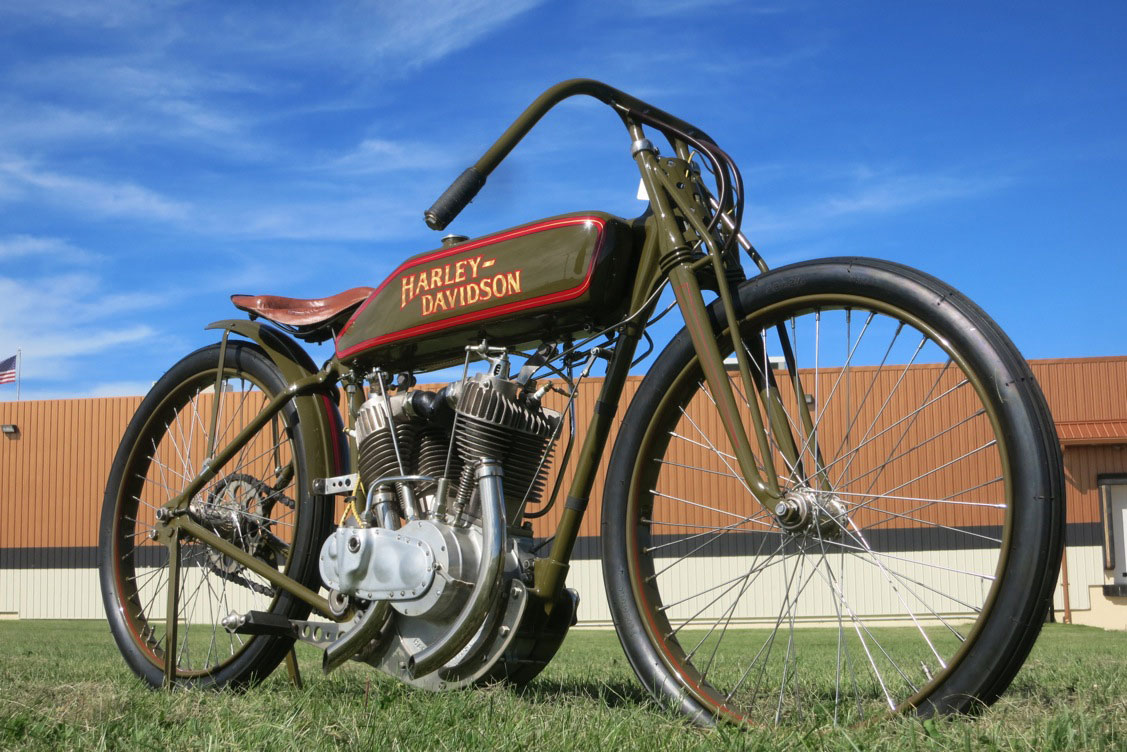
After about seven racing seasons Harley-Davidson’s factory racing program was going strong. In 1921 a Harley team rider managed an average speed of over 100 miles per hour on the Fresno, California Board Track and was the first ever to do so.
Board track racers, as you can see, are made to be light and handle. Controls are ignition timing and throttle. No brakes were employed and professional dirt tracking racing rules from F.A.M. and the AMA actually prohibited any brakes until about 1965. Wheelbases were short, suspension is rigid in the rear, but various forms of sprung forks were used, with Merkel being favored. In the Board Track era racers were push or pull started for a rolling start; after the riders made a warm up lap together and were in a tightly grouped pack, the starter waved the green flag starting the race.
Winning motorcycle races helped sell standard street machines; it proved the brand’s performance and durability, helped engineers test new engine and chassis designs, prove metallurgy in engines and frames as well. In this era, motorcycle racing was as popular as football and NASCAR racing are today; audiences were huge and the media paid attention. From about 1910 to 1922, board tracks were built in major cities all across America, over two dozen, and attracted large crowds. Primarily for auto racing, they doubled for motorcycle competition.
But Arthur Davidson was opposed to racing, “We do not believe in it.” He found it dangerous and made Harley-Davidson’s position that the Motor Company was, “for the safe and sane rider who uses his machine both for business and pleasure…” But the major forces in the Motor Company thought otherwise. By 1916 the original Wrecking Crew team consisted of Irving Janke, Red Parkhurst, Otto Walker, Shrimp Burns, Ray Weishaar, Ralph Hepburn, Maldwyn Jones and Freddie Ludlow lead by manager Bill Ottoway. The Harley-Davidson racing program ending temporarily in 1922.
In 1921 a Harley team rider managed an average speed of over 100 miles per hour on the Fresno, California Board Track and was the first ever to do so.
Board track racers, as you can see, are made to be light and handle. Controls are ignition timing and throttle. No brakes were employed and professional dirt tracking racing rules from F.A.M. and the AMA actually prohibited any brakes until about 1965. Wheelbases were short, suspension is rigid in the rear, but various forms of sprung forks were used, with Merkel being favored. In the Board Track era racers were push or pull started for a rolling start; after the riders made a warm up lap together and were in a tightly grouped pack, the starter waved the green flag starting the race.
Board track racers, as you can see, are made to be light and handle. Controls are ignition timing and throttle. No brakes were employed and professional dirt tracking racing rules from F.A.M. and the AMA actually prohibited any brakes until about 1965. Wheelbases were short, suspension is rigid in the rear, but various forms of sprung forks were used, with Merkel being favored. In the Board Track era racers were push or pull started for a rolling start; after the riders made a warm up lap together and were in a tightly grouped pack, the starter waved the green flag starting the race.
Winning motorcycle races helped sell standard street machines; it proved the brand’s performance and durability, helped engineers test new engine and chassis designs, prove metallurgy in engines and frames as well. In this era, motorcycle racing was as popular as football and NASCAR racing are today; audiences were huge and the media paid attention. From about 1910 to 1922, board tracks were built in major cities all across America, over two dozen, and attracted large crowds. Primarily for auto racing, they doubled for motorcycle competition.
But Arthur Davidson was opposed to racing, “We do not believe in it.” He found it dangerous and made Harley-Davidson’s position that the Motor Company was, “for the safe and sane rider who uses his machine both for business and pleasure…” But the major forces in the Motor Company thought otherwise. By 1916 the original Wrecking Crew team consisted of Irving Janke, Red Parkhurst, Otto Walker, Shrimp Burns, Ray Weishaar, Ralph Hepburn, Maldwyn Jones and Freddie Ludlow lead by manager Bill Ottoway. The Harley-Davidson racing program ending temporarily in 1922.
Leave a Reply
Want to join the discussion?Feel free to contribute!

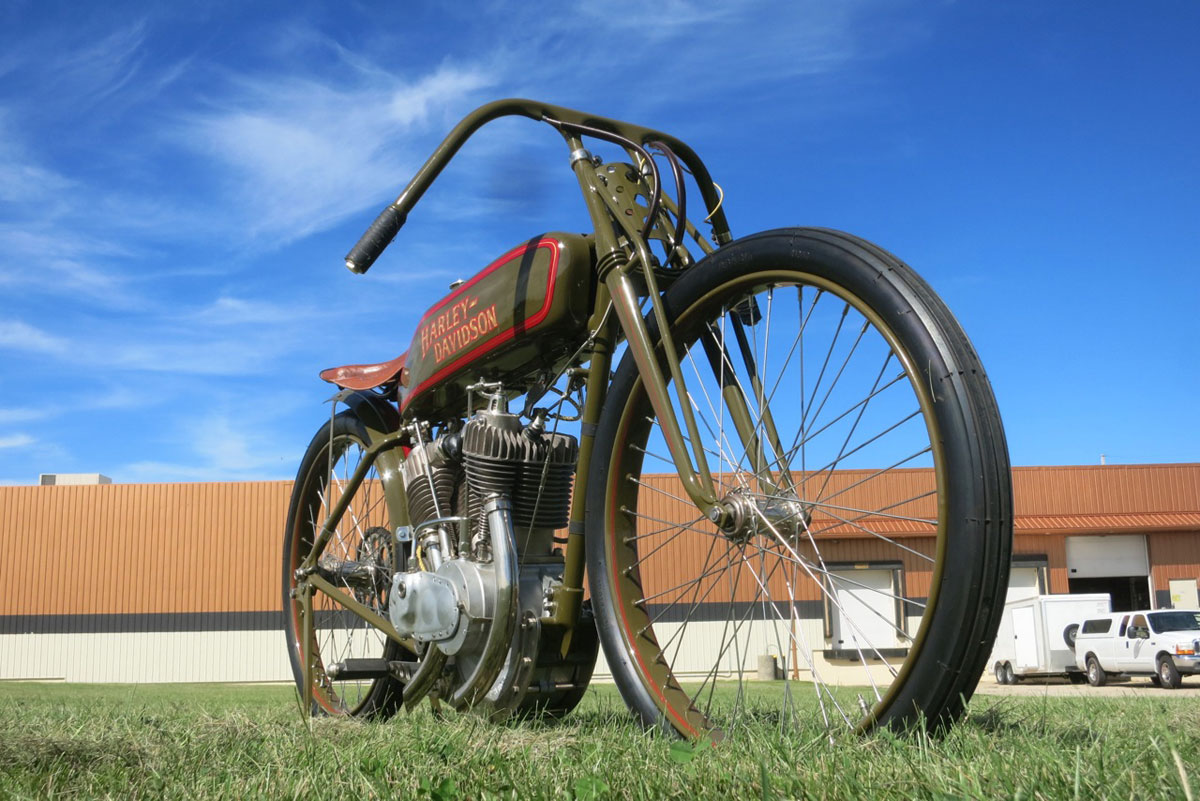
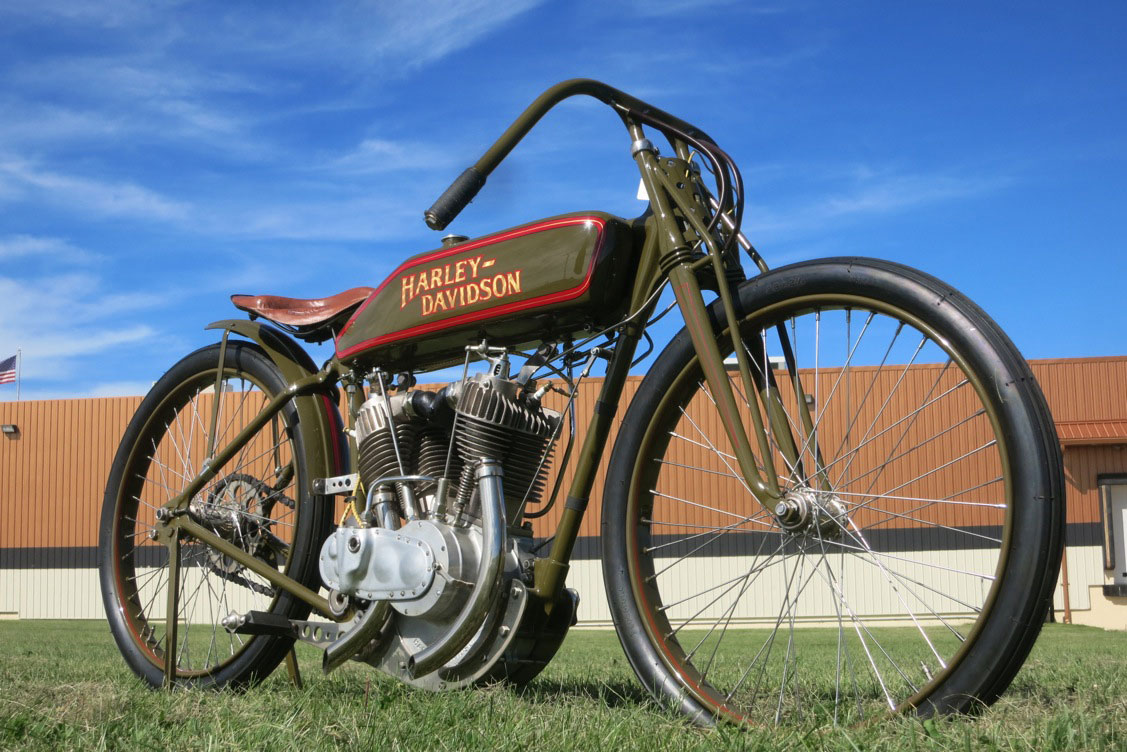
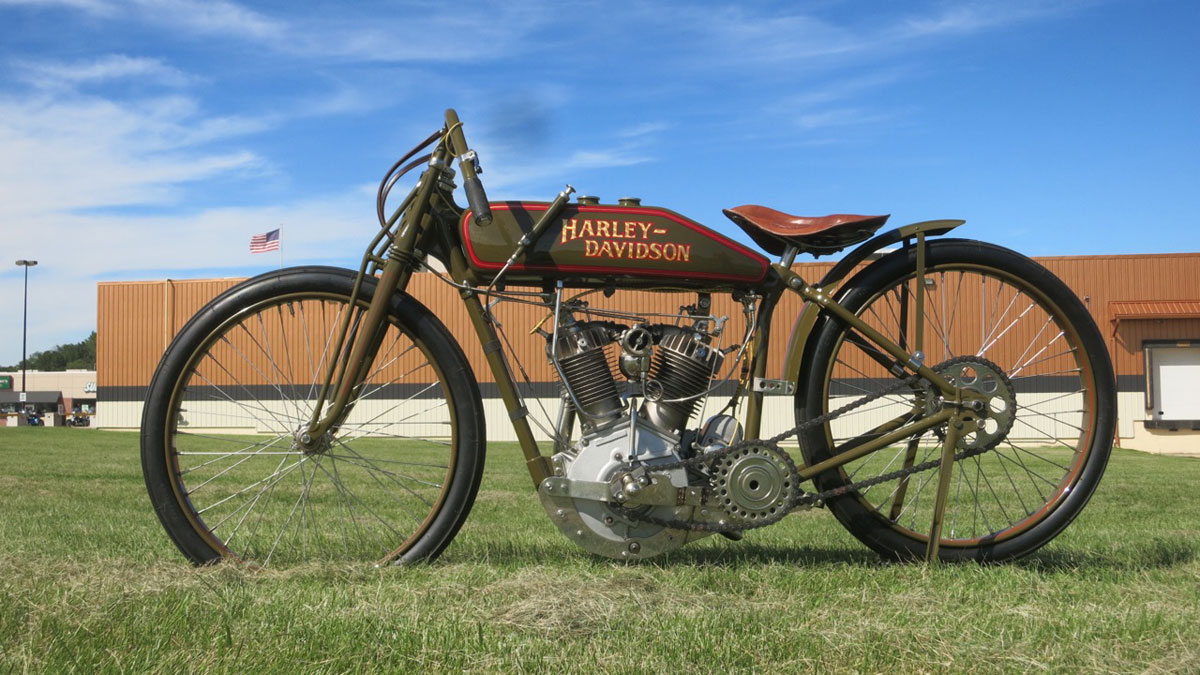
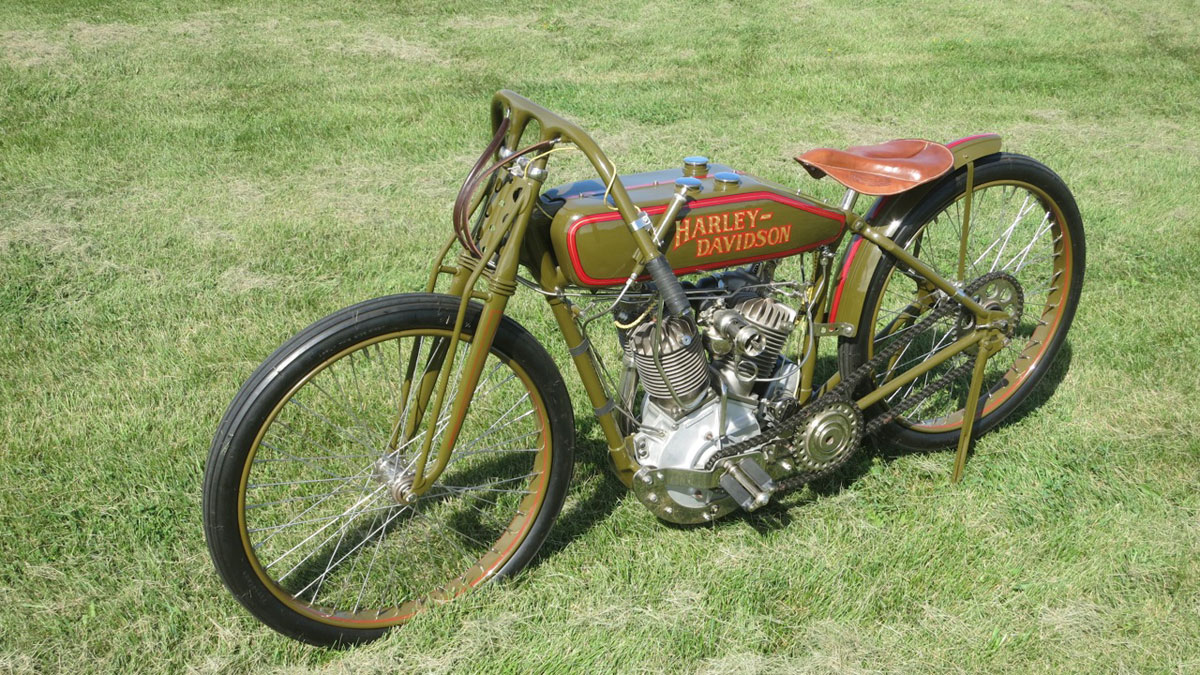
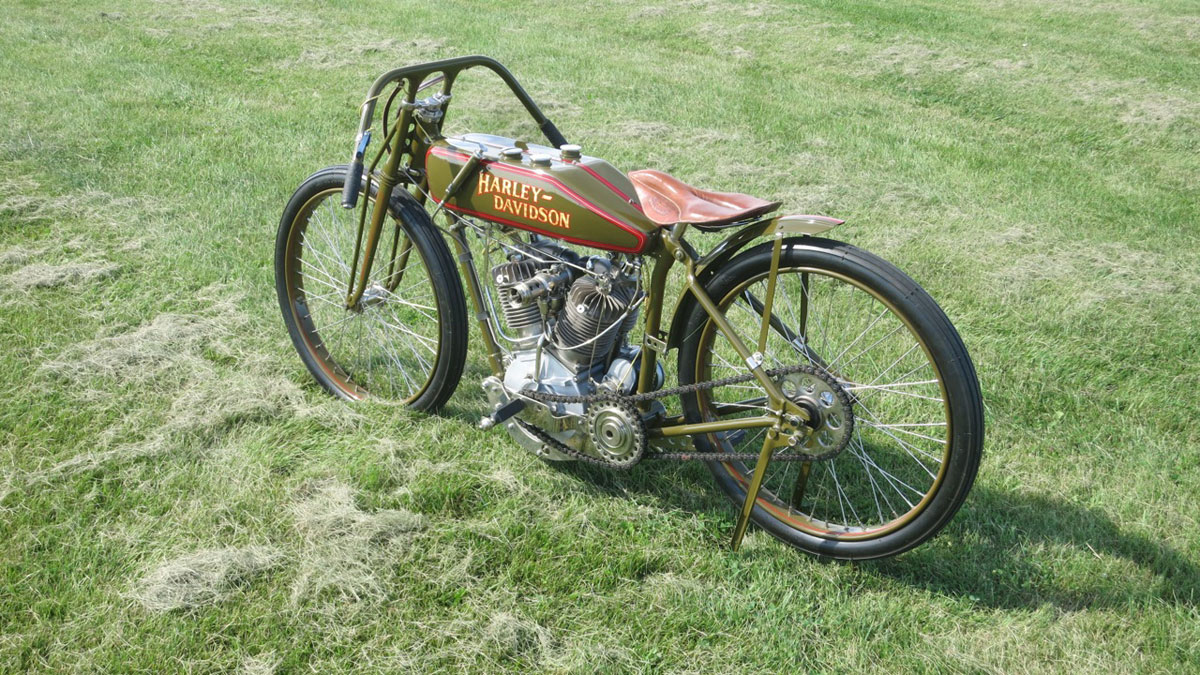
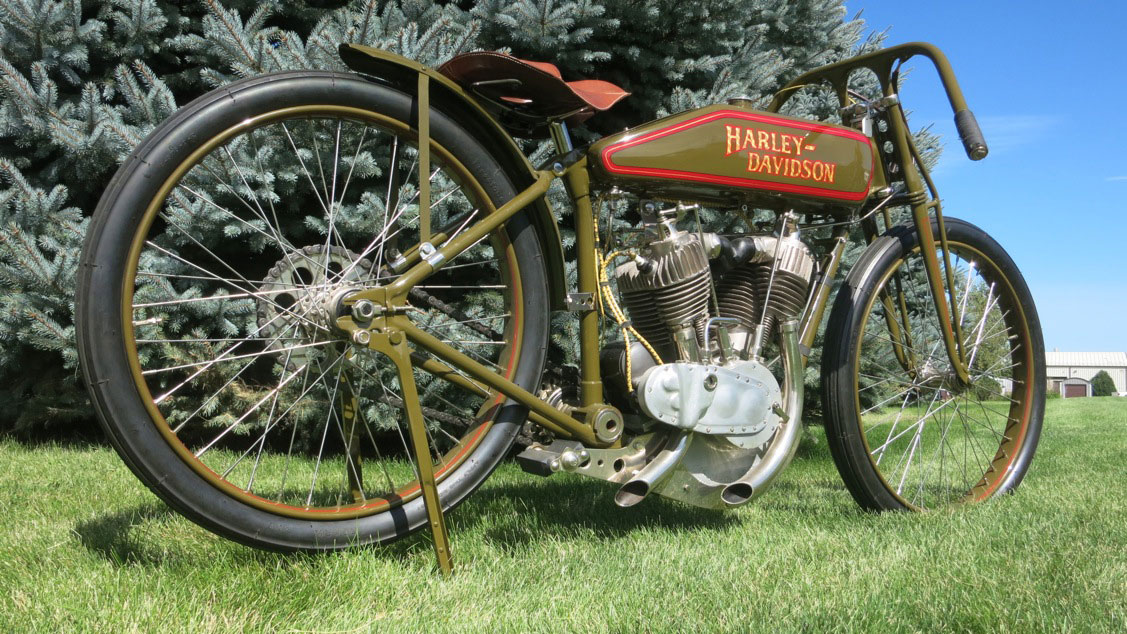
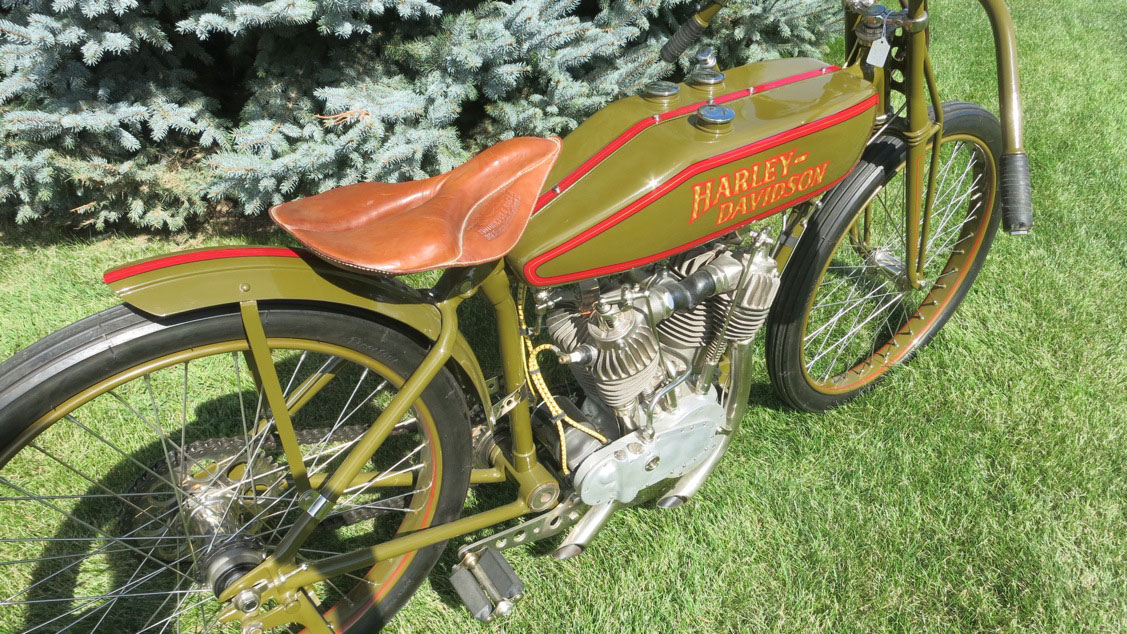
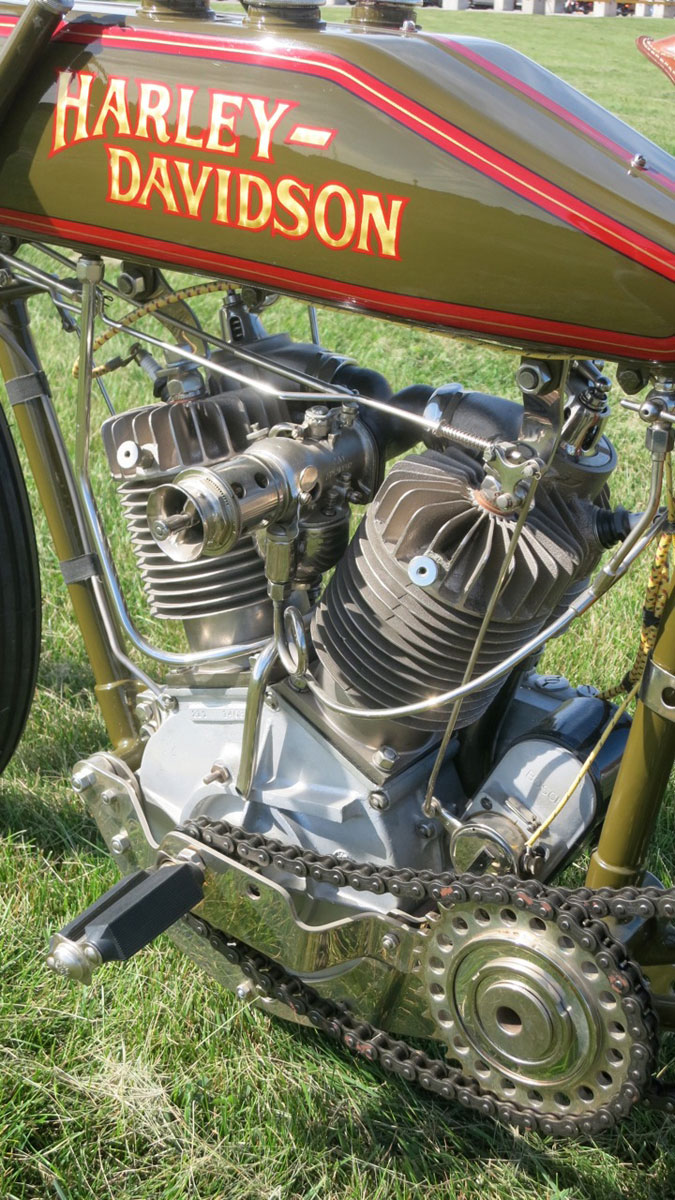
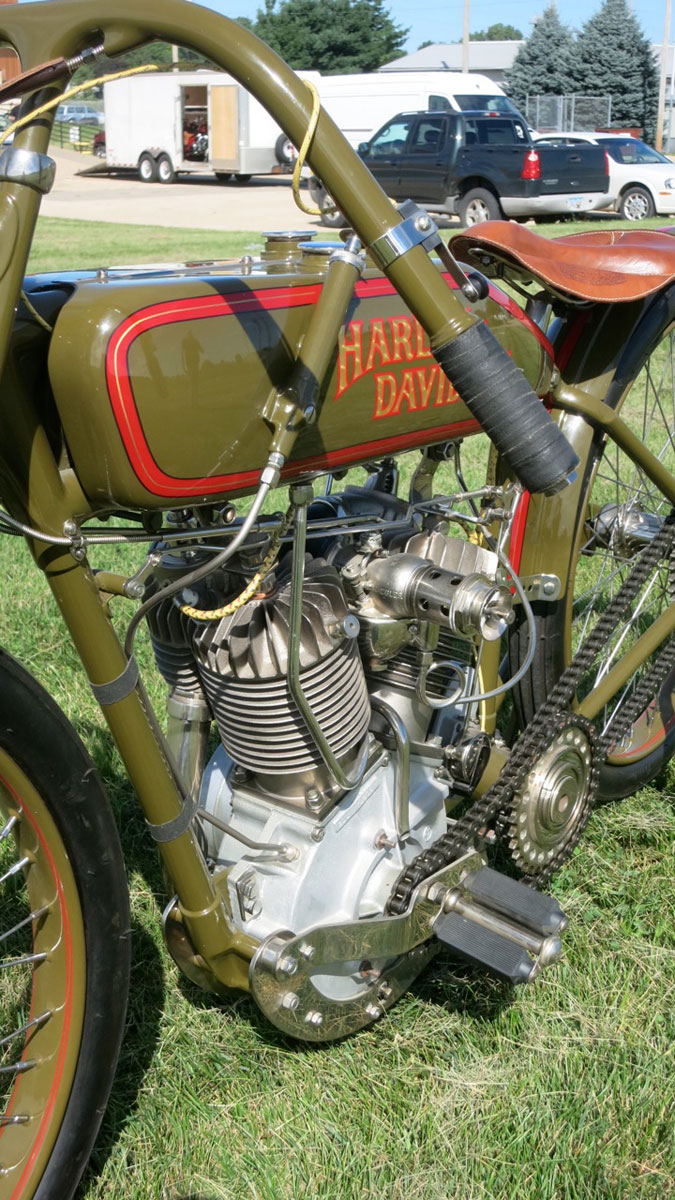
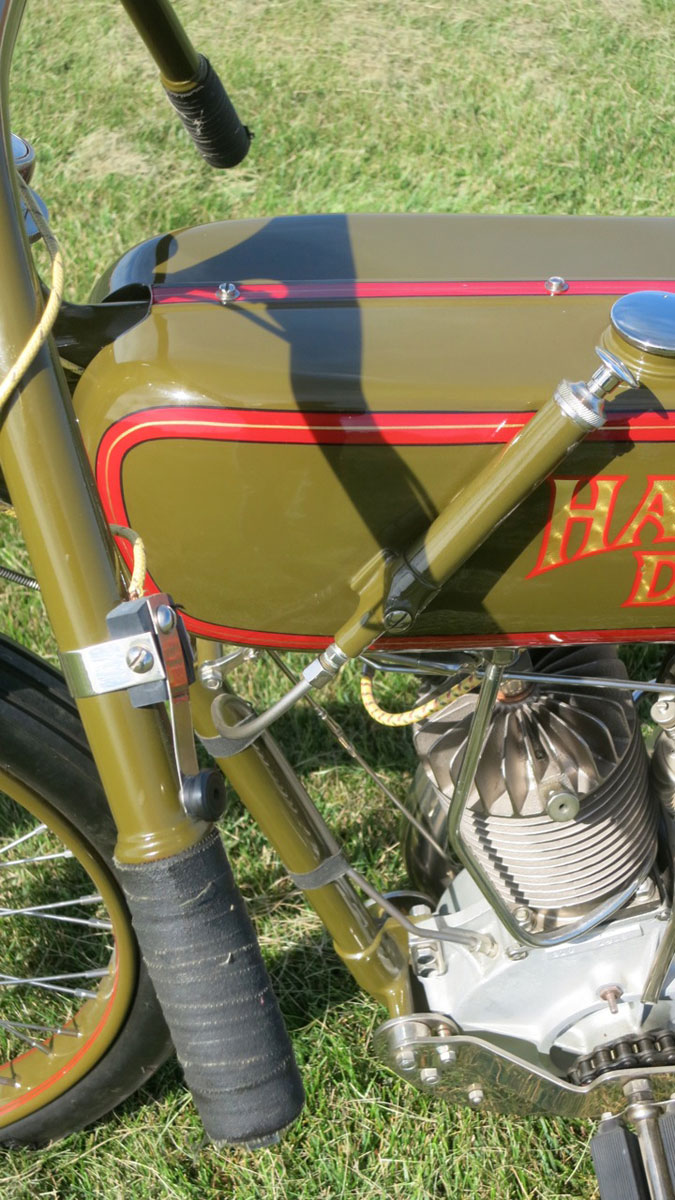
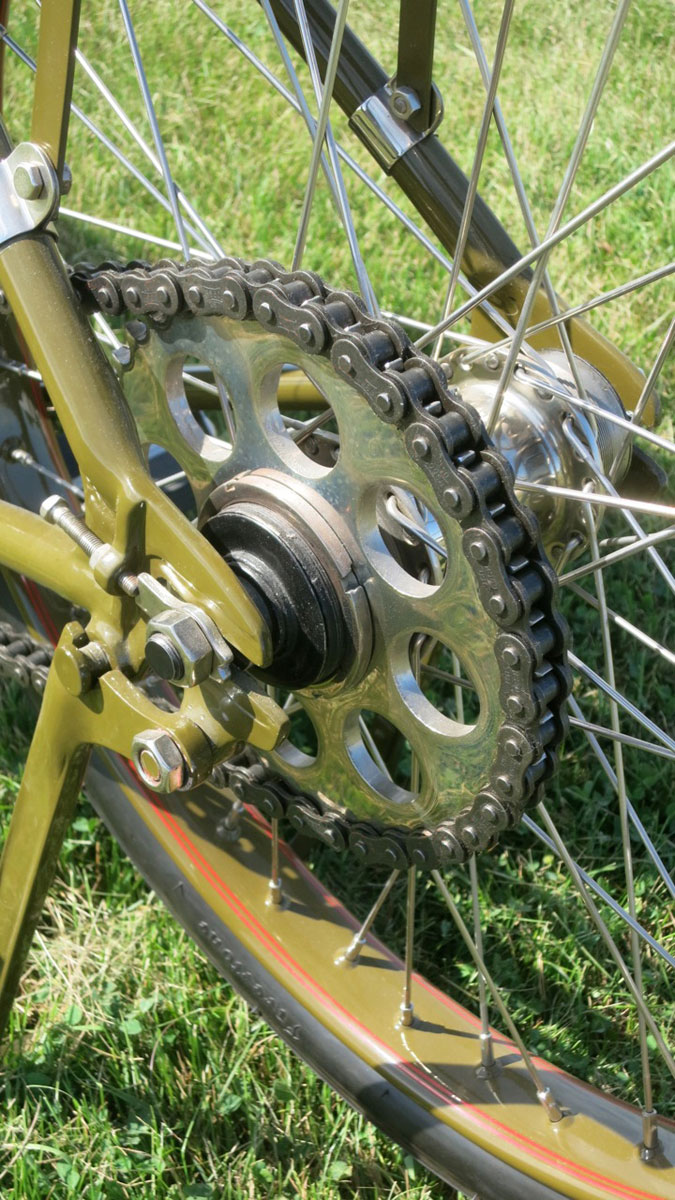
Hi, I am looking into twin-cam Harley racers from 1920-1921. Could I please know the engine number of this bike if it is still at the National Motorcycle Museum?